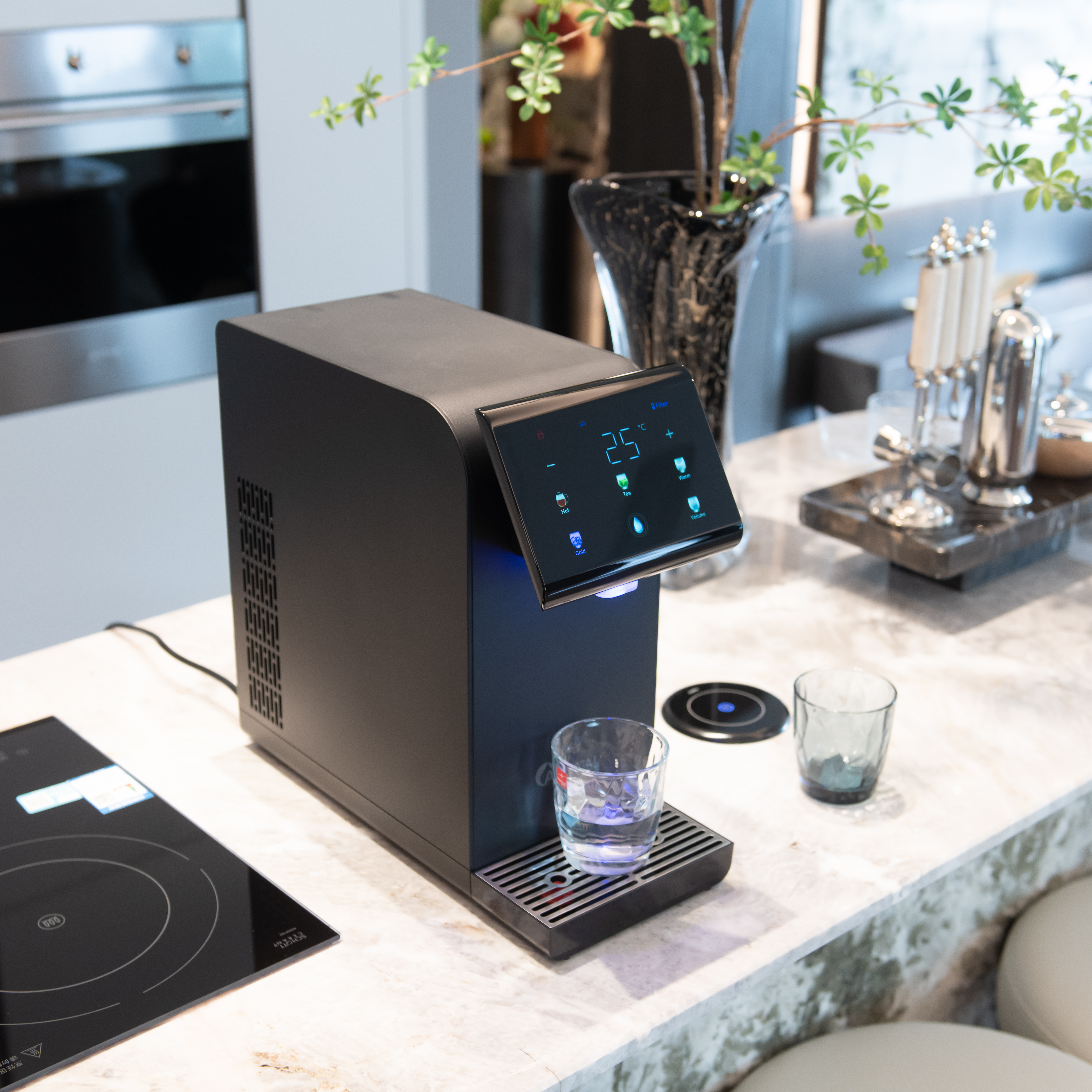 Introduction
Introduction
Access to clean, safe drinking water is a global priority, and water dispensers have become an essential appliance in homes, offices, and public spaces. As health consciousness rises and urbanization accelerates, the water dispenser market is experiencing dynamic growth. This blog explores the current landscape, key trends, challenges, and future prospects of this rapidly evolving industry.
Market Overview
The global water dispenser market has seen steady expansion in recent years. According to Grand View Research, the market was valued at $2.1 billion in 2022 and is projected to grow at a compound annual growth rate (CAGR) of 7.5% through 2030. This growth is fueled by:
Rising awareness of waterborne diseases and the need for purified water.
Urbanization and infrastructure development in emerging economies.
Technological advancements in filtration and dispensing systems.
The market is segmented by product type (bottled vs. bottleless), application (residential, commercial, industrial), and region (Asia-Pacific dominates due to high demand in China and India).
Key Drivers of Demand
Health and Hygiene Awareness
Post-pandemic, consumers prioritize safe drinking water. Water dispensers with UV purification, reverse osmosis (RO), and multi-stage filtration are gaining traction.
Environmental Concerns
Bottleless dispensers are rising in popularity as eco-conscious consumers seek alternatives to single-use plastic bottles.
Smart Technology Integration
IoT-enabled dispensers that track water usage, filter life, and even order replacements automatically are reshaping the market. Brands like Culligan and Aqua Clara now offer app-connected models.
Urban Workspaces and Hospitality
Corporate offices, hotels, and restaurants increasingly install dispensers to meet health standards and enhance convenience.
Emerging Trends
Energy-Efficient Designs: Compliance with energy-star ratings reduces operational costs.
Customizable Temperature Controls: Hot, cold, and room-temperature options cater to diverse preferences.
Compact and Aesthetic Models: Sleek designs blend into modern interiors, appealing to residential buyers.
Rental and Subscription Models: Companies like Midea and Honeywell offer dispensers with affordable monthly plans, lowering upfront costs.
Challenges to Address
High Initial Costs: Advanced filtration systems and smart features can be pricey, deterring budget-conscious consumers.
Maintenance Requirements: Regular filter replacements and sanitization are necessary but often overlooked.
Competition from Alternatives: Bottled water services and under-sink filtration systems remain strong competitors.
Regional Insights
Asia-Pacific: Accounts for 40%+ market share, driven by rapid urbanization in India and China.
North America: Demand for bottleless dispensers surges due to sustainability initiatives.
Middle East & Africa: Scarcity of clean water resources boosts adoption of RO-based systems.
Future Outlook
The water dispenser market is poised for innovation:
Sustainability Focus: Brands will prioritize recyclable materials and solar-powered units.
AI and Voice Control: Integration with smart home ecosystems (e.g., Alexa, Google Home) will enhance user experience.
Emerging Markets: Untapped regions in Africa and Southeast Asia present significant growth opportunities.
Conclusion
As global water scarcity and health concerns intensify, the water dispenser market will continue to thrive. Companies that innovate in sustainability, technology, and affordability are likely to lead this transformative wave. Whether for homes, offices, or public spaces, the humble water dispenser is no longer just a convenience—it’s a necessity in the modern world.
Stay hydrated, stay informed!
Post time: Apr-25-2025

